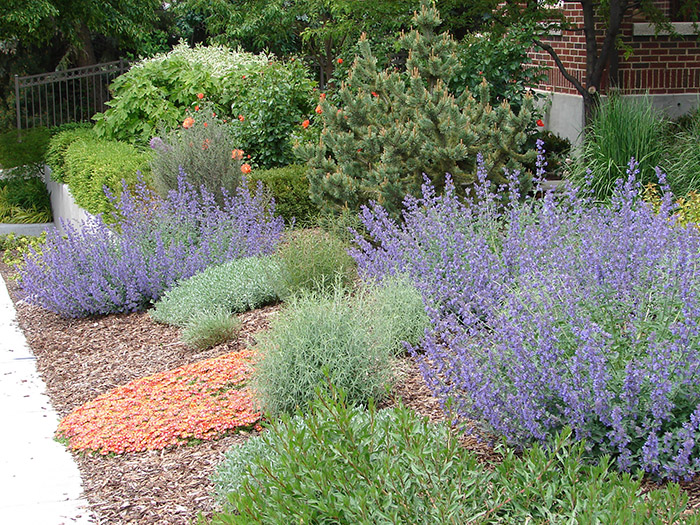
Xeriscape landscaping or simply xeriscaping is increasingly becoming popular today as many people are converting to eco-friendly means. So, what exactly is xeriscaping?
Xeriscape came from two Greek words, “xeros” meaning dry and “scape,” a view or scene. The term literally means dry landscape. Instead of using grass lawns and some pants which thrive off water to look good, xeriscapes conserve water with drought-tolerant plants.
Xeriscaping is not limited to the use of desert plants, which can be unattractive and dull for some. You can use a wide variety of native and attractive plants. Just remember to follow the xeriscaping principles and you’ll have a beautiful xeriscape garden.
The 7 Principles of Xeriscape
1. Planning and Design
Your plan and design will ensure that water-conserving techniques are implemented in your landscape. Zone out your garden depending on water use– hydrozones. Plants that require more water should be grouped separately from drought-tolerant plants.
2. Proper Plant Selection
When it comes to xeriscape plants, it’s best to go native. There’s a wide variety of native plants you can choose from to satisfy your aesthetic needs. Native plants provide lavish greenery and colorful bloom that can thrive naturally with little water and maintenance.
3. Soil Improvements
Soil preparation can be different for different hydrozones. It will depend on how much water the plant needs. You can also use compost to provide nutrients to plants and increase water absorption and retention.
4. Appropriate Turf Areas
Reduce the use of blue grass turf that needs a lot of supplemental watering. Find a substitute turf grass that requires less water. Turf landscapes require three times more amount of water than xeriscapes.
5. Efficient Irrigation
Xeriscape is all about water consumption. Effective irrigation is the key to the success of your xeriscape. The best way to avoid wasting water for your garden is through drip irrigation or manual watering.
6. Mulching
Mulch absorbs water, prevents surface water runoff, protects your landscape from soil erosion and helps regulate temperature. You can use decomposed granite for the mulch of your xeriscape. Aesthetically pleasing and eco-friendly decomposed granite can also add decor to your landscape.
7. Maintenance
Check your irrigation and plants every now and then. Monitor your garden and prune or weed as needed. Although xeriscaping is low-maintenance, this is something you should not neglect.
From planning and design to plant selection, you must remember the main concept of xeriscaping– water conservation. Xeriscaping gives you a chance to create and design a landscape which is not just aesthetically striking but also eco-friendly and cost-effective.
